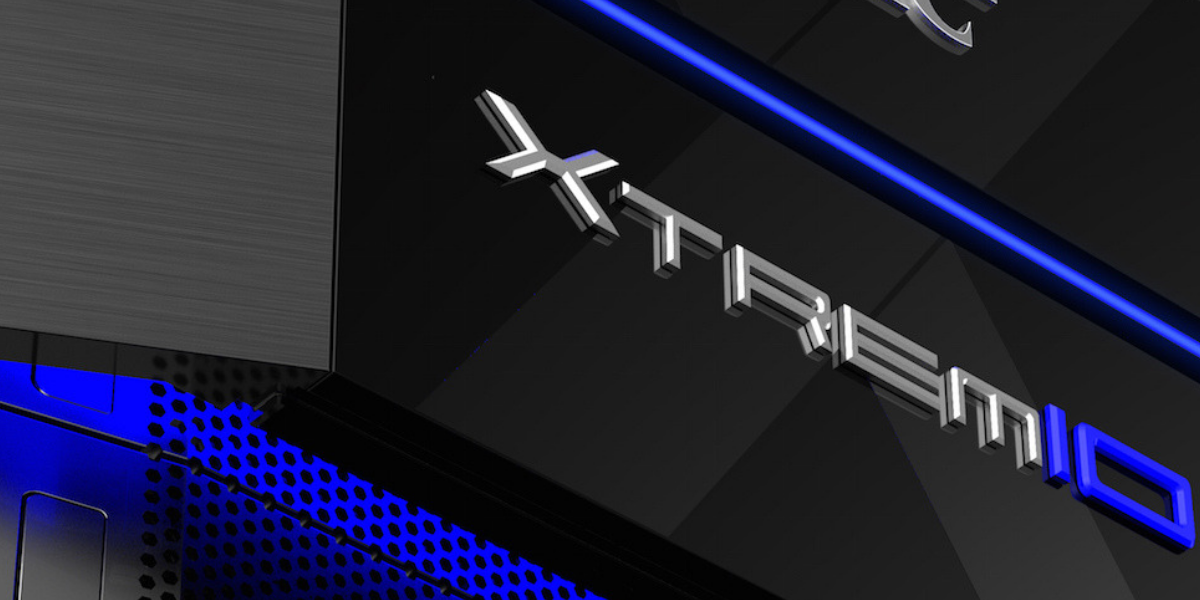The best performing All Flash Array on the market just got... smaller? EMC's XtremIO is now available in a Starter X-Brick (5TB), which is great news for customers with smaller VDI deployments, high performance workloads that don't require the capacity and those interested in doing a proof of concept. This isn't a stripped down product either, it packs the same punch as the bigger models. For those of you unfamiliar with the XtremIO guarantee, EMC put a million dollars behind it. Not too shabby. If you need scale or want to swing that POC into production, the Starter X-Brick can be become a full X-Brick simply by adding drives. And it's non-disruptive.
This announcement was just one of several as EMC has been pouring energy into their Flash initiatives. XtremIO 3.0 was announced, which brings even more functionality and data services to the array. When I heard snapshots, I thought OK, definitely a feature everyone wants, but once I saw it in action at EMCworld, I was seriously impressed. Really simple. Really fast. Zero performance-impact. Along with the 3.0 release comes 100% in-line compression, in-line encryption for the security conscious, plus a bump in cluster size with support for up to 6 nodes. Wrap you head around this... A 90TB XtremIO cluster leveraging dedupe, compression and snapshots can now deliver petabytes of functional application data.
One of the leading use cases for XtremIO is VDI and there's some pretty big news on that front right now. A few weeks back, VMware's significantly overhauled Horizon 6 became generally available. This a big update, with the Advanced and Enterprise Editions bringing unified image management to physical and virtual desktops (via the now baked-in Mirage). In Horizon 6, organizations can deliver a unified work-space for things like View desktops, RDS/Xen apps, ThinApps, SaaS apps, etc. Think web-friendly interface on steroids designed with the new BYOD world in mind. Maybe it's no surprise that XIO and Horizon fit together liklove. Delivering virtualized, high performing desktops is nothing new, but what about at scale? Over the last few years, VDI protocols have matured and technologies aimed at improved graphics have become available (think GRID and APEX), but the reality is that legacy storage arrays are holding VDI back. Technologies like Linked Clones, vShield, storage tiering, caching, etc. are all used to work around this problem, but what if we could get consistently performing virtual desktops without any 'tricks'... and without turning features off.
I'm happy to report that today, you can.



